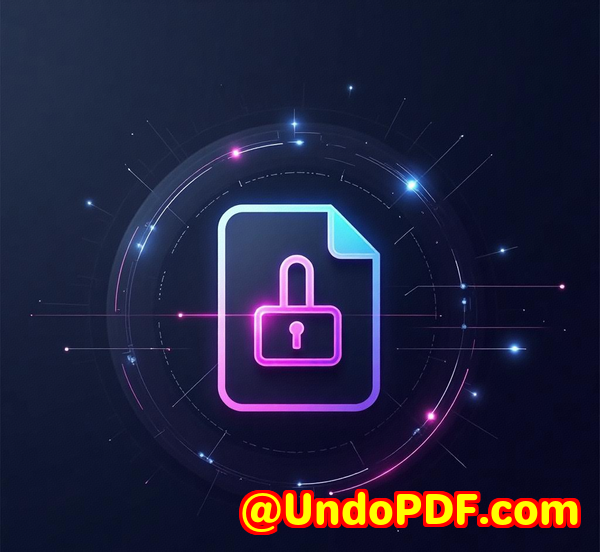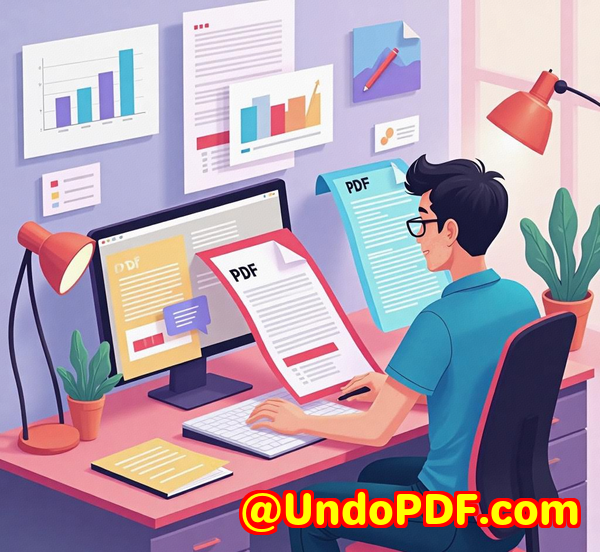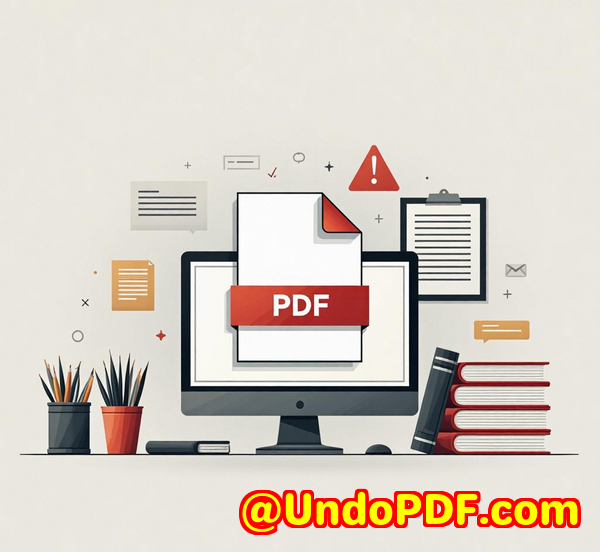Convert PCL Print Streams to PNG Without External Libraries Using SPLParser
Convert PCL Print Streams to PNG Without External Libraries Using SPLParser
Every time I’ve faced the task of converting print streamsespecially PCL filesinto a usable image format like PNG, it felt like wrestling with a mountain of tech hurdles. If you’re a developer or IT pro, you know what I mean. The need to convert PCL print jobs quickly, reliably, and without relying on bulky external libraries is a constant pain. It’s a niche problem but one that can seriously slow down workflows if you don’t have the right tools.

That’s exactly where VeryPDF’s SPLParser Command Line and SDK changed the game for me. This tool lets you convert PCL, PS, and PDF print streams into PNG images, right from the command line, without needing any external dependencies. It’s a small but powerful utility packed with features for developers and IT specialists who need control, speed, and accuracy.
I want to break down how I’ve used SPLParser in my own projects, why it stands out from other tools, and why you should definitely give it a spin if you handle PCL print streams regularly.
Why SPLParser Caught My Eye: Converting Print Streams Made Simple
First off, VeryPDF’s SPLParser isn’t your average converter. It’s designed for developers who want a lightweight, royalty-free command line tool and SDK that can parse PCL, PS, and PDF spool files directly.
Here’s the deal: converting PCL to PNG is notoriously tricky because PCL is a printer control language, not a typical image format. Most solutions out there either require heavyweight software suites or complex setups with third-party libraries. That means more bloat, more maintenance headaches, and less control.
SPLParser, however, manages to do all this without external libraries, so you don’t have to fuss with installs or dependencies.
What Makes SPLParser a Game Changer? Key Features in Action
Let me tell you about the features that really hit home for me:
1. Direct Command Line Conversion
You can convert PCL, PS, or PDF files to PNG images with a simple command. For example, converting the first page of a PCL file to PNG is as straightforward as:
This comes in super handy when you need fast previews or thumbnails without processing entire documents.
2. Flexible Page Selection
Want to convert only specific pages from a large print stream? SPLParser’s -firstpage and -lastpage options let you choose exactly what you want to convert. This precision saves hours when dealing with multi-page spool files.
I remember working on a project where my team had to verify only the cover pages of hundreds of print jobs being able to batch convert just those pages saved us a lot of time and effort.
3. Adjustable DPI and Bit Depth
Sometimes image quality matters, sometimes it doesn’t. SPLParser lets you set the output DPI and bit count for your PNGs, tailoring the quality and file size to your needs.
For a client wanting high-res archival images, I simply used:
The image quality was sharp and clear, suitable for detailed inspection without massive file sizes.
4. Read and Update Print Job Properties
Another powerful aspect is the ability to extract metadata like job names, duplex settings, and number of copies from PCL and PS files or even update them.
This is gold for print administrators who want to audit or modify print spool files programmatically before sending them to printers.
For example, you can update print properties like this:
This flexibility gave me confidence that SPLParser wasn’t just a converter it’s a full print job parser and editor.
5. Page-by-Page Color Analysis
When dealing with color print streams, knowing which pages contain colour versus monochrome is crucial for cost and quality control. SPLParser’s page colour analysis reports exactly that, helping teams optimise print jobs.
Who Benefits Most from SPLParser?
If you’re a developer working on print server software, document management systems, or workflow automation, SPLParser fits right into your toolbox.
-
Print admins can automate batch conversions for archiving or previews.
-
Developers building custom document workflows can embed the SPLParser SDK to handle print streams internally.
-
IT teams managing large print farms can audit and tweak print jobs before processing.
-
Software integrators looking for reliable PCL to image conversion without licensing hassle or bloat.
Basically, if you need a robust, no-nonsense way to parse and convert PCL or PS print streams to PNG images, this tool was designed for you.
How SPLParser Stands Out vs Other Tools
Over the years, I tried a few other converters. Most had one or more issues:
-
Heavy dependencies that complicated deployment and maintenance.
-
Limited format support, often only handling PDF or PostScript, not PCL.
-
Poor command-line support, requiring GUIs or manual steps.
-
No ability to update print job metadata, which is a killer for automation.
SPLParser ticks all these boxes with a clean command-line interface, broad format support, and direct editing capabilities.
Its royalty-free licensing also means I didn’t have to worry about hidden costs or complex agreements when shipping solutions to clients.
Real-World Use Case: Automating Print Job Previews
In one recent project, my team had to build a dashboard showing previews of incoming print jobs from multiple sources. These came in as PCL and PS spool files.
Using SPLParser, we automated conversion to PNG previews on the fly, without any extra libraries or complex setups. This allowed us to:
-
Quickly generate thumbnails for users.
-
Extract job metadata to display in the UI.
-
Modify print settings if needed before final processing.
The entire workflow became streamlined, saving hours each week and avoiding costly mistakes from manual conversions.
Wrapping Up: Why I Recommend SPLParser for PCL to PNG Conversion
If you’re tired of juggling bulky software or writing your own converters from scratch, VeryPDF’s SPLParser Command Line and SDK is a breath of fresh air.
It solves real problems:
-
Convert PCL print streams to PNG images quickly and reliably.
-
No external library dependencies to install or maintain.
-
Edit and update print job properties programmatically.
-
Control output quality with DPI and bit depth options.
-
Analyse colour pages for print cost management.
I’ve found it invaluable in projects where precision and automation matter. If you deal with print spool files regularly, this tool will save you time and headaches.
Start your free trial now and see how SPLParser can fit into your workflow: https://www.verypdf.com/
Custom Development Services by VeryPDF
VeryPDF goes beyond out-of-the-box solutions, offering custom development tailored to your unique needs.
If you require specialised PDF or print stream processing on Linux, macOS, Windows, or server environments, their team can build utilities using technologies like Python, PHP, C/C++, Windows API, Linux, Mac, iOS, Android, JavaScript, C#, .NET, and HTML5.
They also create custom Windows Virtual Printer Drivers capable of outputting PDF, EMF, or image formats, along with tools for intercepting and monitoring print jobs across all Windows printers. This includes saving jobs as PDF, EMF, PCL, Postscript, TIFF, and JPG.
Additionally, VeryPDF develops hooks for system-wide or application-specific Windows API monitoring, covers OCR, barcode recognition/generation, document analysis, report and form generation, image and document management, cloud solutions, digital signatures, DRM protection, and more.
If your project requires a tailored solution, reach out via https://support.verypdf.com/ to discuss your requirements.
FAQ
Q1: Can SPLParser convert all pages of a PCL file to PNG images?
Yes, you can specify page ranges using -firstpage and -lastpage options to convert any or all pages.
Q2: Does SPLParser require installation of third-party libraries?
No, SPLParser works independently without relying on external libraries.
Q3: Can I update print job properties like copies or duplex mode in PCL files?
Yes, SPLParser supports updating print job metadata including copies, duplex settings, and job names.
Q4: Is SPLParser suitable for batch processing large volumes of print streams?
Absolutely. Its command line interface makes it ideal for automation and batch workflows.
Q5: What platforms does SPLParser support?
SPLParser is designed primarily for Windows environments but can be integrated into workflows that handle Windows-based spool files.
Tags/Keywords
-
PCL to PNG conversion
-
Print stream parser
-
SPLParser command line tool
-
PCL print job editing
-
Print job automation



